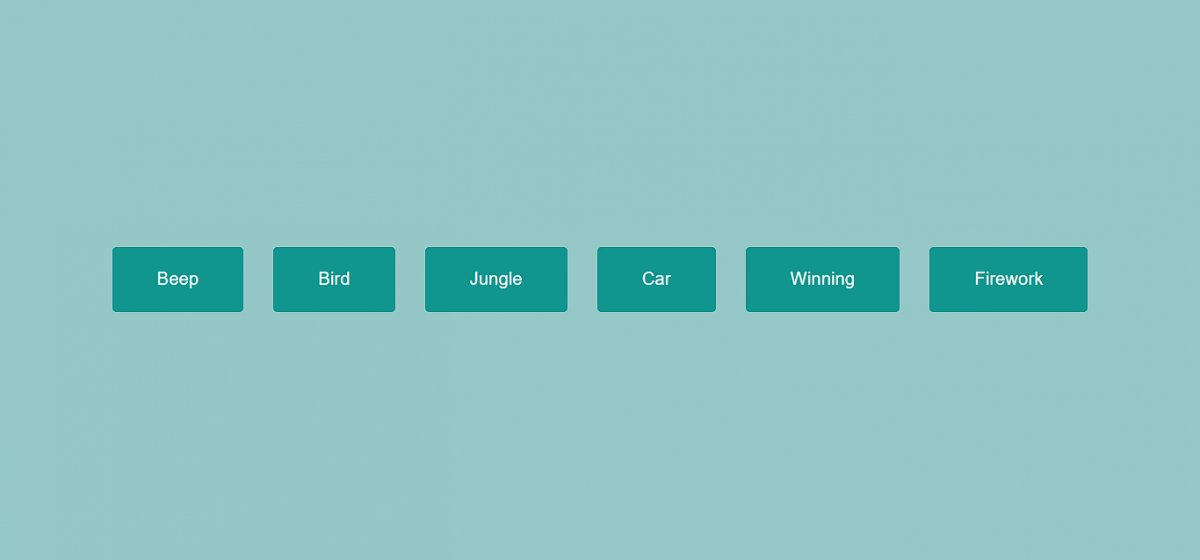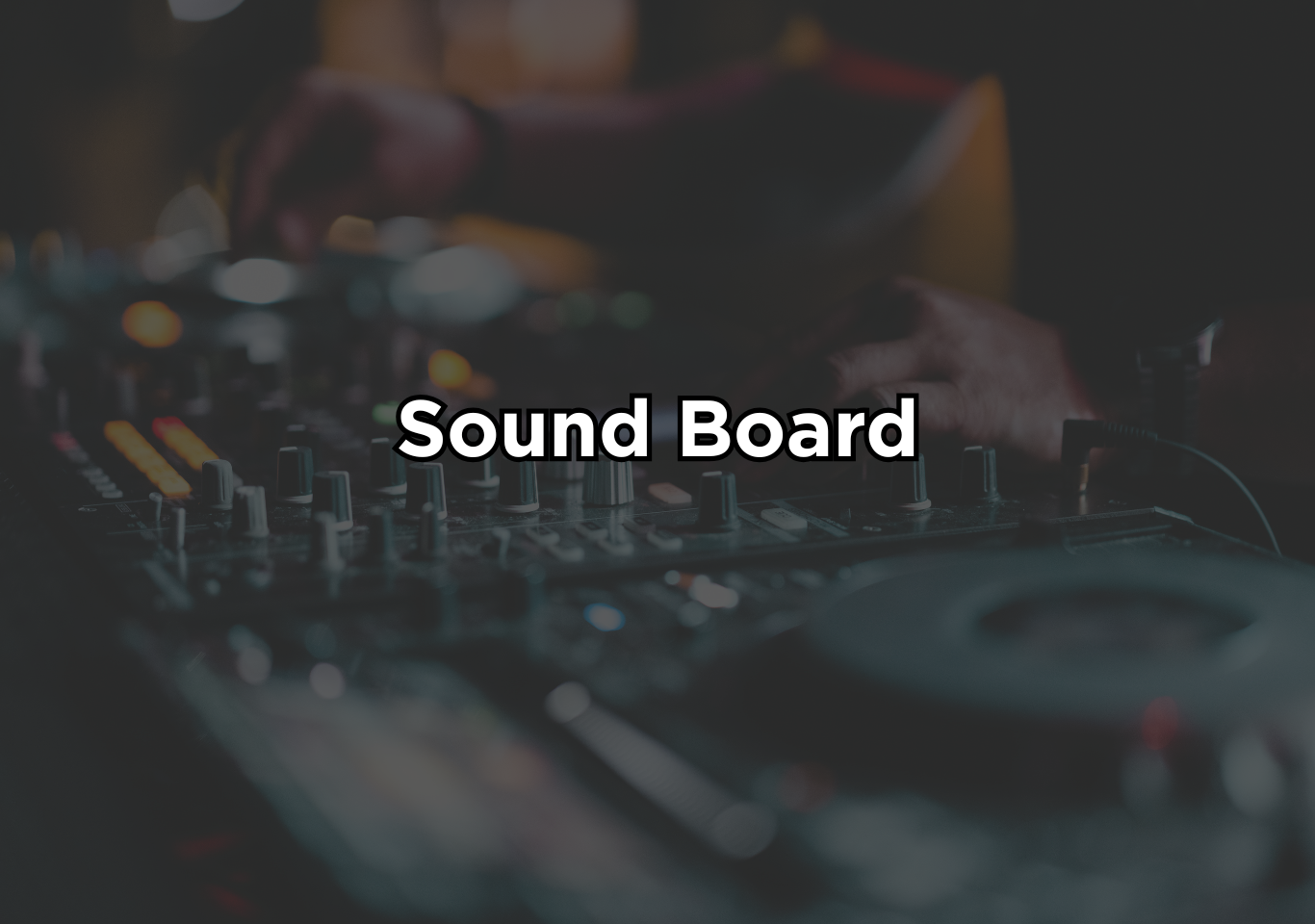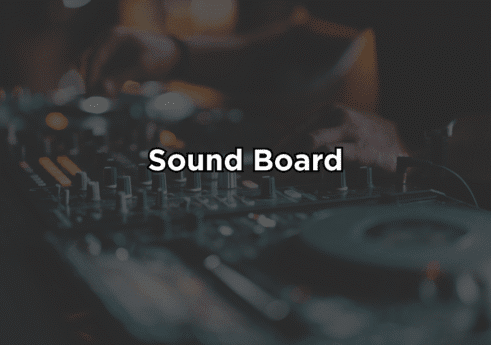Introduction
A sound board is an interface that lets users play audio clips by clicking buttons or pressing keys. They can play funny quotes, music samples, or sound effects instantly.
What is a Sound board project? It is a mixing console built using html, css, and js that takes multiple audio-signals and gives output as a sound. Creating a sound board project using HTML, CSS, and JavaScript offers a fun yet educational way to dive into web development while working with audio interactivity. The process begins with laying out the user interface in HTML, styling the CSS for making buttons, flex layout, and ensure responsiveness.
For also adding functionality using JavaScript which is the backbone of the project. The sound board project combines front-end fundamentals (structure, styling, interactivity) with multimedia handling in the browser and making it ideal for honing skills, experimenting with UX and audio behavior’s, and creating a reusable web component for entertainment or utility. See the output screen below, you think you can do better download the code and customize it to the next level.

Tools and Technologies Used
- HTML (HyperText Markup Language): To structure the web page and create buttons for sounds.
- CSS (Cascading Style Sheets): To style and design the layout visually appealing.
- Js(JavaScript): To add interactivity and handle sound playback.
- Audio Files: Short MP3 or WAV clips for the sound board.
- Code-editors: Vs code, Sublime code, Notepad++.
- Browsers: Google chrome, Mozilla Firefox.
Project Setup
soundboard-project/
│
├── index.html
├── style.css
└── script.js
Step-by-Step Implementation
- HTML Layout
<!DOCTYPE html>
<html lang="en">
<head>
<meta charset="UTF-8">
<meta http-equiv="X-UA-Compatible" content="IE=edge">
<meta name="viewport" content="width=device-width, initial-scale=1.0">
<link rel="stylesheet" href="https://cdnjs.cloudflare.com/ajax/libs/font-awesome/5.15.2/css/all.min.css" integrity="sha512-HK5fgLBL+xu6dm/Ii3z4xhlSUyZgTT9tuc/hSrtw6uzJOvgRr2a9jyxxT1ely+B+xFAmJKVSTbpM/CuL7qxO8w==" crossorigin="anonymous" />
<link rel="stylesheet" href="style.css">
<title>Sound board</title>
</head>
<body>
<audio id = "Beep" src="sounds/beep.mp3"></audio>
<audio id = "Bird" src="sounds/bird.mp3"></audio>
<audio id = "Jungle" src="sounds/jungle.mp3"></audio>
<audio id = "Car" src="sounds/car.mp3"></audio>
<audio id = "Winning" src="sounds/winning.mp3"></audio>
<audio id = "Firework" src="sounds/firework.mp3"></audio>
<div id="buttons"></div>
<script src="script.js"></script>
</body>
</html>
- CSS Styling
@import url('https://fonts.googleapis.com/css?Muli&display=swap');
* {
box-sizing: border-box;
}
body {
background-color: rgb(150, 200, 200);
font-family: 'Muli', sans-serif;
display: flex;
flex-wrap: wrap;
align-items: center;
justify-content: center;
text-align: center;
height: 100vh;
overflow: hidden;
margin: 0;
}
.btn {
background-color: rgb(17, 150, 143);
border-radius: 5px;
border: none;
color: #fff;
margin: 1rem;
padding: 1.5rem 3rem;
font-size: 1.2rem;
font-family: inherit;
cursor: pointer;
}
.btn:hover {
opacity: 0.9;
}
.btn:focus {
outline: none;
}
- JavaScript Functionality
const sounds = ['Beep', 'Bird', 'Jungle', 'Car', 'Winning', 'Firework']
sounds.forEach(sound => {
const btn = document.createElement('button')
btn.classList.add('btn')
btn.innerText = sound
btn.addEventListener('click', () => {
stopSong()
document.getElementById(sound).play()
})
document.getElementById('buttons').appendChild(btn)
})
function stopSong() {
sounds.forEach(sound => {
const song = document.getElementById(sound)
song.pause()
song.currentTime = 0;
})
}
Common Mistakes and Debugging Tips
While making a sound board you might be mistaken while writing the code. Make sure you check twice the code. A simple dot, comma, closing tags may will leads you to some error.
| Audio not playing | Check the audio path and file extension |
| Multiple sounds overlapping | Use a single Audio object or pause previous |
| Buttons not working | Verify data-sound matches file names |
| Sounds not loading in browser | Ensure files are inside the same project folder |
All the code is provided along with this article. But you might miss the sound library. Download the full source code and files by pressing the download button below. If you found this guide helpful, share it with other developers and bookmark it for your next coding project!
FAQs
Q1. Can I use different sound formats like WAV or OGG?
Yes, modern browsers support multiple audio formats. You can use .mp3, .wav, or .ogg, but ensure consistency across all files.
Q2. How do I host my sound board online?
You can host it for free on GitHub Pages, Netlify, or Vercel. Simply upload your project files and deploy.
Q3. Can I make a musical instrument sound board?
Absolutely. Replace the audio clips with instrument samples like piano or drums for a playable music pad.
Q4. How to make my sound board mobile-friendly?
Use responsive CSS and media queries. Make buttons larger and touch-friendly.
Q5. Can I add background music?
Yes, but ensure it doesn’t interfere with the soundboard sounds. You can use a looping background audio file controlled by separate buttons.


